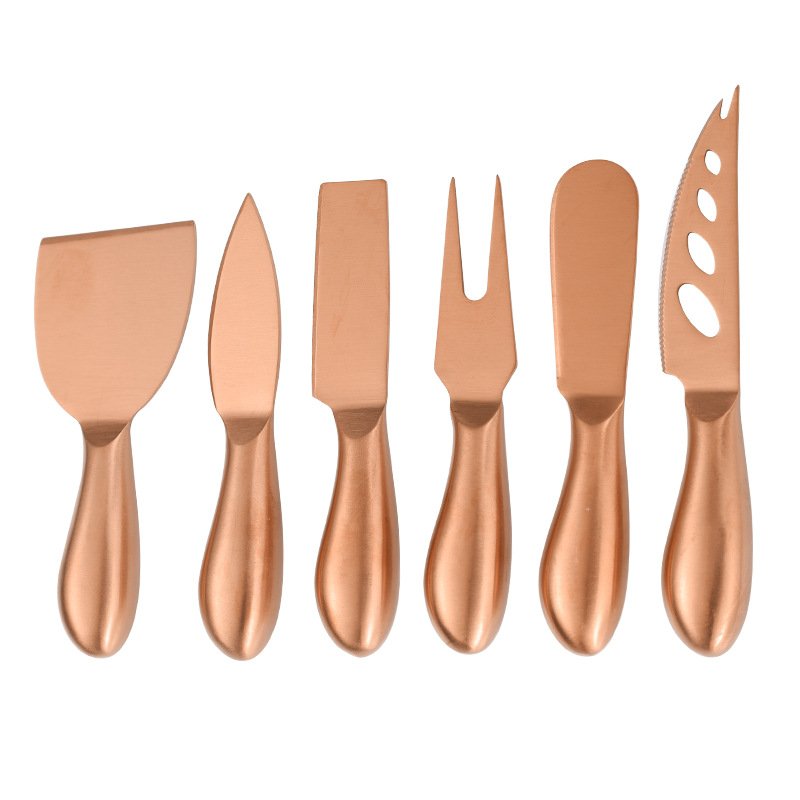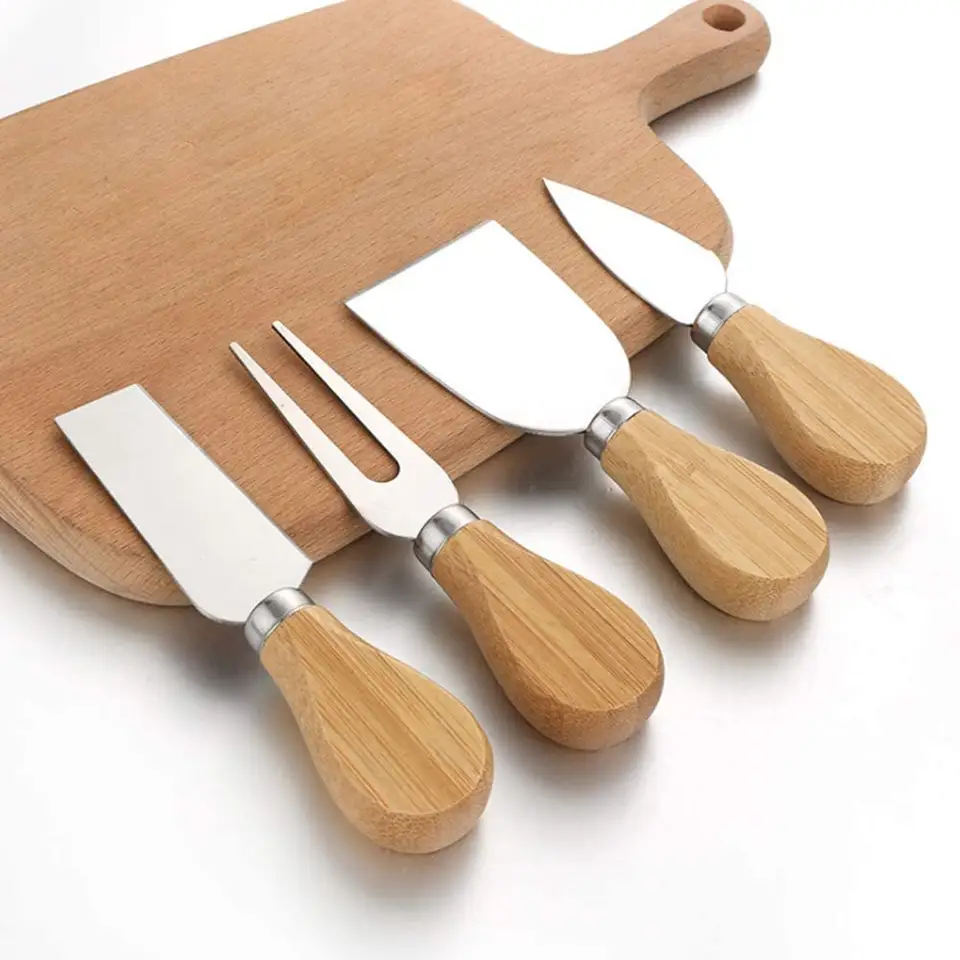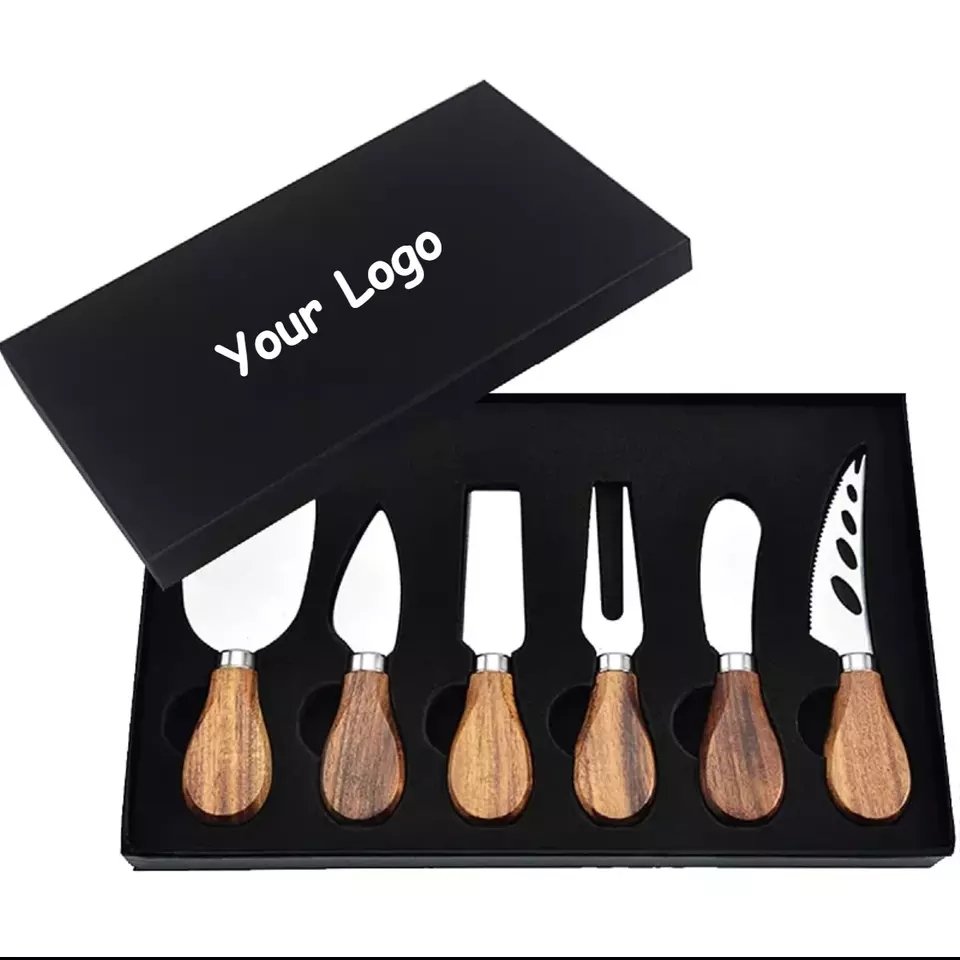Gold cutlery is often seen as luxurious and elegant, but is it practical for everyday use? Let’s dive into the pros and cons of using gold cutlery and explore whether it’s right for you.
Gold cutlery adds a touch of luxury to your dining experience. But is it worth it for your everyday meals? Let’s look at both the pros and cons of gold utensils.
Before making a decision, it’s important to understand both the benefits and potential downsides of gold cutlery. Let’s take a deeper look into this.
Table of Contents
Is gold good for cutlery?
Gold cutlery is often seen as a symbol of sophistication, but does it offer the durability and functionality you need? Let’s explore if gold is actually a good choice for cutlery.
Gold cutlery offers a beautiful, polished look but might not be as durable as other metals. It’s important to weigh the aesthetic appeal against its practicality.
Gold is undeniably elegant, and it’s no surprise that many people choose it for its visual appeal. However, when it comes to cutlery, gold itself isn’t typically used for the eating surfaces. Gold-plated cutlery, which combines a thin layer of gold over a base metal like stainless steel, is more common. This allows manufacturers to offer the luxurious gold look without the high cost of solid gold. From a practical standpoint, gold-plated cutlery can be quite functional as long as it’s treated with care.
Durability Concerns
One downside to gold-plated cutlery is that the gold layer can wear off over time, especially with frequent use. The underlying base metal may begin to show through, which can impact both the appearance and durability. Therefore, the longevity of gold cutlery often depends on the thickness of the gold plating and how carefully it’s maintained.
Table 1: Pros and Cons of Gold Cutlery
| Advantage | Disadvantage |
|---|---|
| Luxurious and sophisticated look | Gold plating can wear off |
| Makes a statement on the table | Not as durable as solid metals |
| Adds elegance to fine dining | Requires careful maintenance |

Does gold cutlery wear off?
One of the biggest concerns with gold cutlery is whether the gold finish will wear off over time. Let’s discuss how to prevent this and whether it’s inevitable.
Gold plating can wear off with regular use, especially if not maintained properly. The durability of gold cutlery depends on its plating thickness and care.
Gold cutlery is usually made with a layer of gold plating applied to a base metal like stainless steel. Over time, this gold layer can wear off, especially with frequent use or improper care. The durability of gold plating depends largely on the thickness of the plating. Higher-quality gold-plated cutlery tends to have a thicker layer, which helps it resist wear and tear better.
How to Protect Your Gold Cutlery
To ensure that your gold cutlery lasts as long as possible, it’s crucial to follow proper care instructions. Avoid using abrasive cleaning materials or harsh chemicals, as these can wear down the gold plating. Instead, wash your gold cutlery by hand with mild detergent and a soft cloth.
Gold-Plated vs. Solid Gold
It’s important to note that gold-plated cutlery is generally more affordable than solid gold. However, solid gold cutlery is rare and often impractical due to its high cost and softness. Most manufacturers, like us at Brilliant, offer gold-plated cutlery that provides the luxury look of gold without the drawbacks of solid gold’s softness.

What color cutlery is best?
While gold is stunning, it’s not always the best option for every setting. Let’s explore which color cutlery is best for different types of dining environments.
The best color for cutlery depends on your aesthetic preferences and the setting. Gold is ideal for formal settings, while silver or stainless steel is better for everyday use.
When it comes to choosing the best color for cutlery, it’s essential to think about both functionality and aesthetics. Gold cutlery shines in more formal or upscale dining settings, where it makes a statement. However, it’s not the best choice for everyday dining due to its maintenance needs. For casual or daily use, silver or stainless steel cutlery is more durable and easier to care for.
Matching Your Dining Setting
For formal events, gold cutlery adds an air of sophistication, making it the perfect choice for weddings, banquets, or high-end restaurants. On the other hand, stainless steel or silver cutlery is more versatile, suitable for both casual and formal meals. It’s also more durable and easier to maintain, making it ideal for everyday use.
Table 2: Cutlery Color Recommendations
| Dining Setting | Recommended Cutlery Color |
|---|---|
| Fine dining or banquets | Gold or silver-plated |
| Everyday use | Stainless steel or silver |
| Casual gatherings | Stainless steel |
Is it safe to use gold utensils?
Are gold utensils safe to use for food preparation and consumption? Let’s address this concern and ensure that your gold cutlery is safe for use.
Gold-plated cutlery is generally safe for use, as it typically doesn’t interact with food. However, the safety can depend on the quality of the plating.
Gold-plated cutlery is generally safe to use with food, as gold itself is non-reactive and doesn’t pose a health risk. However, the safety of gold cutlery depends on the quality of the gold plating. Lower-quality plating may contain toxic materials or may wear off more quickly, potentially causing exposure to the base metal beneath, which could be problematic. It’s important to choose high-quality, food-safe gold-plated cutlery from a reputable manufacturer.
Food-Safe Gold-Plating
To ensure your gold cutlery is safe, always choose cutlery from trusted manufacturers like Brilliant. We take great care to ensure that our gold-plated cutlery meets food safety standards, using high-quality materials that do not pose any risks to health. Our gold-plated cutlery is designed for durability and safe use, making it the perfect choice for your upscale dining experiences.
Does gold cutlery tarnish?
Another common concern with gold cutlery is whether it will tarnish over time. Let’s explore this issue and find out how to prevent it.
Gold cutlery does not tarnish easily, but the gold plating can lose its shine. Proper maintenance is key to keeping it looking new.
Gold does not tarnish in the same way that silver or other metals do, because it is a noble metal that is resistant to oxidation. However, over time, the gold plating on cutlery may start to lose its shine due to wear and tear. This doesn’t mean that the gold itself is tarnishing, but the plating may become scratched or dull. Proper care, such as cleaning your gold cutlery with a soft cloth and avoiding harsh chemicals, can help maintain its luster.
Preventing Tarnishing
To prevent your gold cutlery from losing its shine, make sure to store it properly when not in use. Keep it in a dry, cool place, and avoid exposure to excessive moisture, as this can cause the gold plating to degrade. Regularly polishing your gold cutlery with a soft cloth can help restore its shine.

What is the best metal for cutlery?
While gold cutlery is a stunning option, it might not always be the best choice. Let’s look at what the best metals for cutlery are, from a functional standpoint.
Stainless steel is the most practical metal for cutlery, offering durability, resistance to corrosion, and ease of maintenance.
The best metal for cutlery depends on what you prioritize. Stainless steel is the most popular and practical choice for most cutlery because of its durability, resistance to rust, and ease of care. Stainless steel cutlery, such as the high-quality options we offer at Brilliant, combines strength with aesthetic appeal, making it a perfect choice for both everyday and special occasions.
Stainless Steel vs. Gold
While gold offers a luxurious look, it is less durable and requires more maintenance than stainless steel. Stainless steel is resistant to corrosion and tarnishing, making it a more practical option for everyday use. It’s also more affordable, which is an important consideration for bulk buyers. For hotels and restaurants looking for durability and cost-effectiveness, stainless steel cutlery is often the better choice.
How do you maintain gold cutlery?
Maintaining your gold cutlery properly is crucial to ensuring its longevity and appearance. Let’s look at the best practices for keeping your gold utensils in top shape.
Gold cutlery requires gentle care. Hand washing with mild detergent and proper storage are key to keeping it looking pristine.
To keep your gold cutlery in the best condition, it’s essential to avoid abrasive cleaning methods. Always wash your gold cutlery by hand with mild soap and a soft cloth. Avoid using harsh chemicals, as they can damage the gold plating. Additionally, storing your cutlery in a dry place and using soft cloths for polishing will help maintain its shine.
Proper Storage
When storing gold cutlery, use a soft cloth or pouch to prevent it from getting scratched or damaged. Avoid storing it in humid environments, as moisture can cause the gold plating to deteriorate over time.
How do you maintain gold cutlery?
Maintaining your gold cutlery properly is crucial to ensuring its longevity and appearance. Let’s look at the best practices for keeping your gold cutlery in top condition.
To maintain gold cutlery, you should regularly clean it with a soft cloth, avoid harsh chemicals, and store it in a safe, dry place to preserve its shine.
Gold cutlery, like any luxury item, requires special care to ensure it remains in good condition. Unlike stainless steel, which is more durable and resistant to wear, gold-plated cutlery can lose its shine or develop scratches if not properly maintained.
Cleaning and Storage Tips
To keep your gold cutlery looking new, always clean it by hand with warm water and mild detergent. Avoid putting it in the dishwasher, as the high heat and harsh detergents can damage the gold plating. After cleaning, dry it thoroughly with a soft cloth to prevent water spots.
When storing gold cutlery, keep it in a cool, dry place away from moisture, which can cause the gold to degrade over time. It’s also a good idea to store your cutlery in a cloth pouch or a soft-lined box to prevent scratching.
Table 3: Maintenance Tips for Gold Cutlery
| Task | Recommended Action |
|---|---|
| Cleaning | Wash by hand with mild detergent |
| Drying | Use a soft, lint-free cloth |
| Storage | Store in a dry, cool place, preferably wrapped in cloth |

Does food taste better with gold cutlery?
Have you ever wondered if the material of your cutlery affects the taste of food? Let’s explore whether gold cutlery really enhances your dining experience.
Using gold cutlery doesn’t directly affect the taste of food, but it may elevate the overall dining experience through its luxurious appearance.
While there is no scientific evidence to suggest that gold cutlery directly influences the taste of food, there is something to be said about the experience it provides. Eating with gold cutlery can make meals feel more luxurious and special, which may enhance your overall dining experience.
Psychological Effects of Luxury Cutlery
Gold cutlery can elevate the dining atmosphere, making guests feel that they are experiencing something extraordinary. The luxurious look and feel of gold can set the tone for a high-end meal, even if the food itself remains the same. In this way, using gold cutlery can have a psychological impact on the meal, influencing how it is perceived by diners.
Table 4: Psychological Impact of Gold Cutlery
| Factor | Effect on Dining Experience |
|---|---|
| Visual Appeal | Makes the meal feel more luxurious |
| Material Feel | Adds a sense of elegance and refinement |
Why is my gold silverware turning silver?
If your gold silverware is turning silver, you might be concerned. Let’s explore why this happens and how you can prevent it from occurring.
Gold silverware turning silver is often due to the wear of the gold plating or exposure to harsh conditions. Proper care can prevent this issue.
If your gold silverware is turning silver, it’s likely due to the wearing away of the gold plating, exposing the underlying metal. This is a common issue with gold-plated cutlery and can happen over time with frequent use, especially if the cutlery is not properly maintained. Factors such as moisture, acidic foods, and rough cleaning can accelerate the wear of the gold plating.
Preventing the Turn to Silver
To prevent your gold cutlery from turning silver, it’s essential to avoid abrasive cleaning methods and protect the plating from wear. Storing the cutlery properly and cleaning it gently can help preserve its appearance for longer. If the gold plating does wear off, some manufacturers, including Brilliant, offer re-plating services to restore the cutlery’s appearance.
Table 5: Causes of Gold Cutlery Turning Silver
| Cause | Explanation |
|---|---|
| Wear and Tear | Gold plating wears off with use |
| Exposure to Moisture | Moisture can degrade the plating |
| Harsh Cleaning Materials | Abrasive cleaners can damage the plating |
Gold cutlery offers elegance and luxury but requires careful maintenance to retain its beauty. By following proper care practices, you can enjoy both its aesthetic and functional benefits for years.





